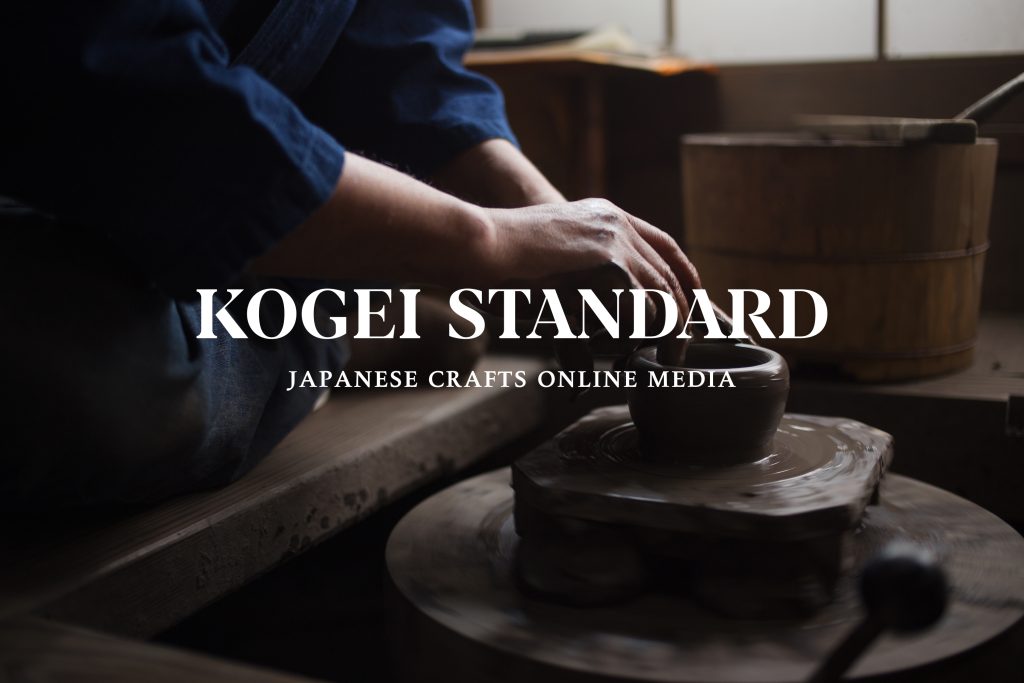When I was a student studying sociology, I read one book after another by a Japanese clinical philosopher, Kiyokazu Washida. One of his books, titled “‘Matsu’ to-iu-koto,” or “What it Means to Wait,” remains clearly in my memory to this day.
People today have become unaccustomed to waiting. Anything we want is readily available on the Internet, and cell phones have eliminated any need to spend time idly waiting. When we have nothing to do, we constantly kill time connected to something on our smartphone instead of looking at what’s around us, as if we cannot get comfortable without some instant stimulation. The old days are gone and we live in such a time now. It sounds good to say that things have become more convenient, but I wonder if waiting was really so meaningless.
When introducing Japanese crafts to visitors in our gallery, I think that although there is a lot of charm in the crafts themselves, what I really try to help them understand is how much time it takes to make a piece. This runs counter to the constant pressure for efficiency in today’s world, but it really is an essential aspect of the craft. In the case of ceramics, for example, many artists who use nobori-gama (climbing kilns) or ana-gama (cellar kilns) fire their kilns only a few times a year. If you miss that timing, it could be a year before you see the next piece. Similarly in lacquerware, it is not unusual for it to take half a year from the time an order is placed to the time of delivery, especially for something like Wajima lacquerware, which requires many processes to create. In a world of ferocious change, it may be that many people may have doubts about the value of taking such a long time, but I would rather try to make them feel more positively the value of waiting. I believe that having the right attitude about “waiting” gives them the right mindset to fully appreciate the crafts.
Speaking of waiting time also brings to mind taking time to make tea or coffee. The time it takes to steam tea or coffee beans is really very short, but even though it is “waiting,” I find such time pleasant. The beauty of everyday things is important in craftsmanship, but it is the way in which such works create time and space for us to enjoy the experience, as much as the use of the product itself, where we can find the richness in life.
Looking back, it is said that Michelangelo’s masterpiece, “The Last Judgment,” took five years to complete. Many works of art from the past took more time than that, but such items are the ones that people have chosen to pass down to the present day. If we want our crafts to be used on a daily basis, we need to make an effort to make them efficiently and sell them at a reasonable price, but I think it is also good to have a few things that owe their beauty to the time they have taken to create as well. I think both of those are necessary elements of the craft.
Waiting should not be seen as a loss of time, but as a luxury that allows us to think about the future. I hope to bring you that kind of time through Japanese craft.
Yusuke Shibata


